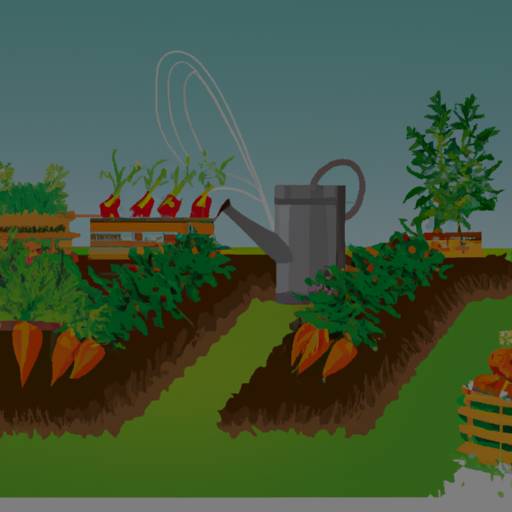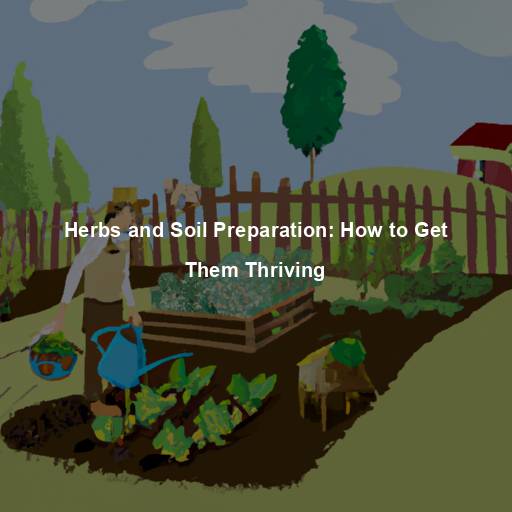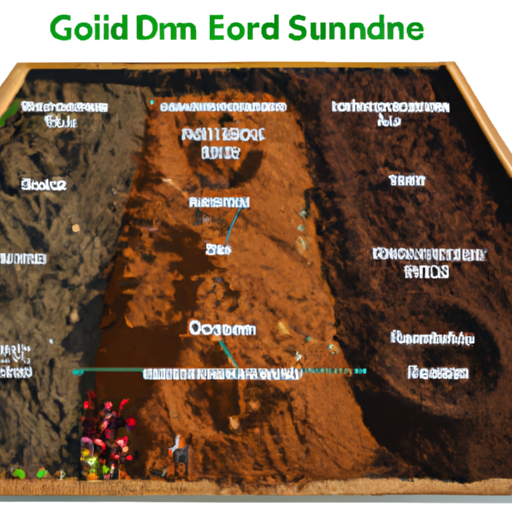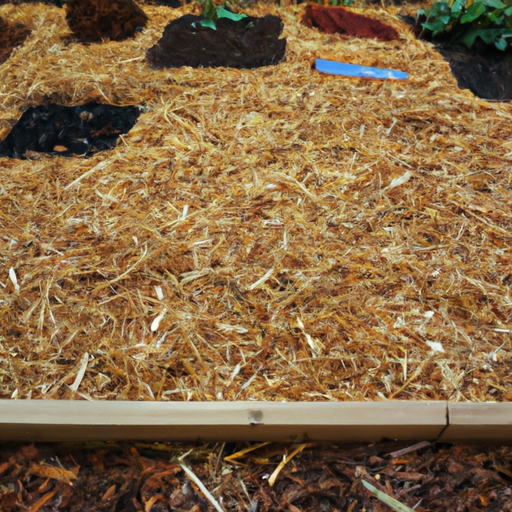Hello fellow gardeners! Are you tired of buying expensive fertilizers for your plants? Do you want to create a more sustainable and eco-friendly way to nourish your soil? If so, then hot composting may be the solution for you.
In this step-by-step guide, we will explore how to create nutrient-rich compost using organic materials found in your own backyard.
Hot composting is an efficient process that breaks down organic matter into rich fertilizer by creating heat through microbial activity. This method differs from traditional cold composting because it involves maintaining high temperatures between 120-160°F (49-71°C) which accelerates decomposition and kills off weed seeds and harmful pathogens.
By following these simple steps, you can turn yard waste into valuable nutrients for your garden while reducing landfill waste at the same time. So let’s roll up our sleeves and get started on creating our very own hot compost pile!
Gathering Organic Materials
As a Master Gardener, gathering the right organic materials is crucial to hot composting. Start by selecting your composting location – it should be in an area that receives ample sunlight and has good drainage.
Once you have chosen your spot, collect common organic materials such as:
– Leaves
– Grass clippings
– Fruit and vegetable scraps
– Tea bags
– Eggshells
– Shredded newspaper or cardboard
Avoid adding meat or dairy products as they can attract unwanted pests and slow down the decomposition process. Remember to aim for a balance of green (nitrogen-rich) and brown (carbon-rich) materials to ensure proper breakdown and avoid unpleasant odors.
With these simple steps, you’ll be on your way to creating nutrient-rich soil for all of your gardening needs without any harmful chemicals or additives!
Creating Your Compost Pile
Now that you have gathered all of your organic materials, it’s time to start creating your hot compost pile. Choosing a location and selecting the right bin are crucial steps in this process.
When choosing a location for your compost pile, make sure it is easily accessible but also out of direct sunlight. You want to avoid placing it near any trees or shrubs as their roots may interfere with the composting process.
Next, select the right bin for your needs. There are many different types of bins available on the market, so be sure to choose one that suits both the size of your space and the amount of waste you will be generating.
To create your hot compost pile, follow these steps:
– Start by laying down twigs or straw at the bottom of your bin. This helps with drainage and airflow.
– Add a layer of brown material like dry leaves or shredded paper.
– Then add a layer of green material like kitchen scraps or grass clippings.
– Continue alternating between layers until you reach about three feet high or the top of your bin.
Remember to water each layer lightly before adding another layer to keep moisture levels consistent throughout the pile.
As a Master Gardener, I recommend turning your compost pile every few weeks using a pitchfork to aerate it and speed up decomposition. Keep an eye on temperature levels inside the pile – ideally they should reach around 140-160°F (60-70°C) for optimal results.
Once your compost has turned into dark brown crumbly soil-like substance with no recognizable debris left behind, you can use it in flower beds or vegetable gardens as nutrient-rich fertilizer without worrying about burning plants due to excess nitrogen content.
With these tips in mind, you’re well on your way to becoming a hot composting pro!
Maintaining Optimal Heat Levels
To maintain optimal heat levels in your hot compost, there are certain tips that you can follow.
One of the most important things to do is insulate your pile properly. This will help to retain heat and prevent it from escaping too quickly. You can use materials such as straw, leaves or even cardboard to create a layer over your pile. Keep in mind that the insulation should be at least 8 inches thick.
Another tip for maintaining optimal heat levels is to monitor the moisture content of your pile regularly. It’s crucial to keep your pile moist but not too wet, as this can cause problems with airflow and lead to anaerobic conditions. Make sure to turn your pile often, especially if you notice that it has become compacted or dense.
There are also some common problems that you may encounter when trying to maintain optimal heat levels in your hot composting process. For example, if you find that your pile is not getting hot enough, it could be due to insufficient nitrogen or carbon sources. In this case, try adding more green material (nitrogen-rich) such as grass clippings or kitchen scraps.
On the other hand, if you notice an unpleasant odor coming from your pile, it might mean that there is too much moisture or inadequate oxygen flow. To solve this problem, add some dry brown matter (carbon-rich), like dried leaves or shredded paper and make sure you’re turning frequently.
By following these tips for insulating and troubleshooting common problems, you’ll be able to maintain optimal heat levels throughout the entire hot composting process without any issues!
Turning Your Compost
Turning Your Compost:
Turning your compost is like stirring a pot of soup, it helps to evenly distribute the heat and nutrients within. It’s important to turn your hot compost pile every 3-5 days, using a pitchfork or shovel, this will help speed up the decomposition process.
The benefits of hot composting are numerous – not only does it break down organic matter quickly but it also kills weed seeds and harmful pathogens in the soil. If you’re having trouble with your hot compost pile, try adding more green materials such as grass clippings or kitchen scraps to increase nitrogen levels.
Alternatively, if your pile smells bad or is attracting pests, add some brown materials such as dry leaves or shredded paper to balance carbon levels. Remember that hot composting requires proper maintenance and attention to detail but the end result is well worth it – rich, nutrient-dense soil for your plants to thrive in!
Harvesting Your Nutrient-Rich Fertilizer
Congratulations on successfully hot composting! Now it’s time to reap the rewards of your efforts by harvesting your nutrient-rich fertilizer.
The benefits of hot composting are numerous, including improved soil structure and fertility, increased microbial activity, and reduced waste in landfills.
To harvest your compost, start by removing any large debris or uncomposted materials with a garden fork. Next, sift the remaining material through a screen or mesh to remove any remaining chunks or twigs.
Your finished product should look like dark brown crumbly soil with a pleasant earthy smell. If you encounter any issues during the process such as foul odors or slow decomposition, refer to our composting troubleshooting tips for solutions.
Remember that hot composting is an ongoing process and requires patience and attention to detail. With practice and persistence, you’ll be able to produce high-quality organic fertilizer for all of your gardening needs without contributing to landfill waste. Happy gardening!
Frequently Asked Questions
What Are The Benefits Of Hot Composting Compared To Other Composting Methods?
Hot composting offers numerous benefits and advantages compared to other composting methods.
It is a faster process, taking only weeks instead of months or even years for cold composting.
The high temperatures reached during hot composting also kill off weed seeds and harmful pathogens, resulting in a more nutrient-rich end product that can be safely used on plants without the risk of spreading disease.
In addition, hot composting produces less odor than other methods, making it more suitable for urban environments or places with limited space.
Overall, hot composting provides gardeners with a convenient and efficient way to create healthy soil amendments while minimizing environmental impact.
How Long Does It Usually Take For A Hot Compost Pile To Reach Optimal Temperatures?
When it comes to hot composting, the timeline for reaching optimal temperatures can vary depending on a few factors.
In general, a well-maintained pile can reach temperatures of 130-160 degrees Fahrenheit within just a few days or weeks.
However, if you’re experiencing issues with your pile not heating up enough or cooling down too quickly, troubleshooting may be necessary.
Common causes include insufficient moisture, lack of oxygen, and improper carbon-to-nitrogen ratios.
By monitoring your pile’s temperature and making adjustments as needed, you’ll be able to create nutrient-rich compost in no time!
Can I Add Meat Or Dairy Products To My Hot Compost Pile?
Hot composting and food waste go hand in hand, but can you add meat or dairy products to your hot compost pile?
As a Master Gardener, I often get asked this question. While it may seem like a good idea to recycle all of your kitchen scraps, meat and dairy products should be avoided in hot composting.
These items will attract unwanted pests and can create unpleasant odors. Instead, stick with vegetable scraps, fruit peels and coffee grounds for optimal results when composting.
Remember that the goal is to create nutrient-rich soil without sacrificing the health of your garden or backyard environment.
How Do I Prevent Pests, Such As Rodents Or Flies, From Getting Into My Compost Pile?
To prevent pests like rodents or flies from getting into your compost pile, there are several rodent proofing methods and fly deterrents you can use.
One effective way to keep rodents out is by using hardware cloth with small openings around the perimeter of your compost area.
Additionally, avoid adding meat products or oily foods that may attract unwanted critters.
For deterring flies, consider covering your compost pile with a layer of dry leaves or straw to create a barrier between the organic matter and any flying insects.
You could also try incorporating essential oils such as peppermint or eucalyptus into your compost mixture to repel flies naturally.
By implementing these tips, you can ensure that your hot compost remains free from pesky invaders while effectively breaking down organic material for your garden’s benefit.
Can I Use Materials Such As Sawdust Or Straw As The Main Organic Material In My Hot Compost Pile?
Using sawdust or straw as the main organic material in hot composting is a popular method among gardeners who want to try composting using non-traditional materials.
In fact, according to a study conducted by the University of California, Davis, adding wood chips and sawdust to compost can increase its carbon-to-nitrogen ratio, which helps promote effective decomposition.
However, it’s important to note that using these materials alone may result in a slower breakdown process due to their high carbon content.
To ensure optimal results, it’s recommended to mix them with other nitrogen-rich materials such as grass clippings or kitchen scraps.
As a Master Gardener, I highly encourage experimenting with different organic materials in your compost pile – not only does it reduce waste and improve soil health but it also allows for endless opportunities for creativity!
Conclusion
In conclusion, hot composting is a great way to quickly turn your organic waste into nutrient-rich soil for your garden. By following the steps outlined in this guide and using the right materials, you can create a pile that reaches optimal temperatures within just a few days or weeks.
As a Master Gardener, I highly recommend trying out hot composting if you haven’t already. Watching your pile steam and transform before your eyes is like watching a symphony of decomposition taking place.
So gather up those kitchen scraps and yard waste, grab some pitchforks and start creating your own masterpiece of decay! Your plants will thank you for it.






